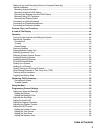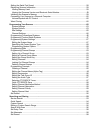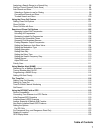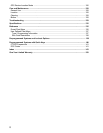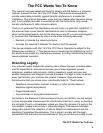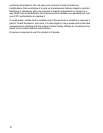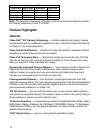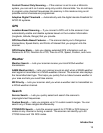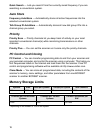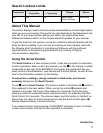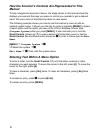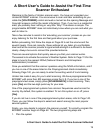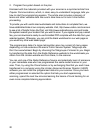13
Introduction
Channel Lockout — You can lock out any system, group, frequency, or channel
while scanning. If you lock out a system or group, any channels belonging to that
system or group are also locked out.
Frequency Lockout — You can lock out up to 500 frequencies (250 permanently
locked out + 250 temporarily locked out). The scanner skips locked-out
frequencies while using the Close Call™ feature or while searching.
CTCSS and DCS Squelch Modes — Prevent interference from stations not using
the tone code you select.
Analog and Digital Audio AGC — Helps automatically balance the volume level
between different radio systems.
Fire Tone-Out Standby — Lets you set the scanner to alert you if a two-tone
sequential page is transmitted. You can set up to 10 settings (transmit frequency,
tone frequencies) then select one for standby monitoring. Up to ten tone-outs on
the same RF setting can be scanned at one time.
Broadcast Screen — Sets the scanner to ignore Close Call™ or search hits on
known broadcast frequencies including common pager frequencies.
Custom Screen — Lets you input up to 10 frequency ranges that the scanner will
ignore during Close Call™ or search operation.
Scan/Search Delay — The scanner pauses at the end of a transmission to wait
for a reply. You can set the delay time for each system you scan, and while
searching and using the Close Call™ feature.
Attenuator — Reduces the input strength of strong signals by about 20 dB.
Repeater Reverse — Automatically switches to the input frequency on a
conventional repeater system.
Channel Alert — Alerts you when there is activity on any channel you specify
using your choice of nine unique alert tones.
Memory Check — Lets you see at a glance how much total memory is left.
Search with Scan Operation — Lets you include selected service searches or
custom search ranges during normal scan operation.
Custom Alerts — For each alert in the scanner (such as channel alert, Close Call
alert, emergency alert), you can select from 9 different tone patterns and also set
the alert volume level independently from the main volume level.



